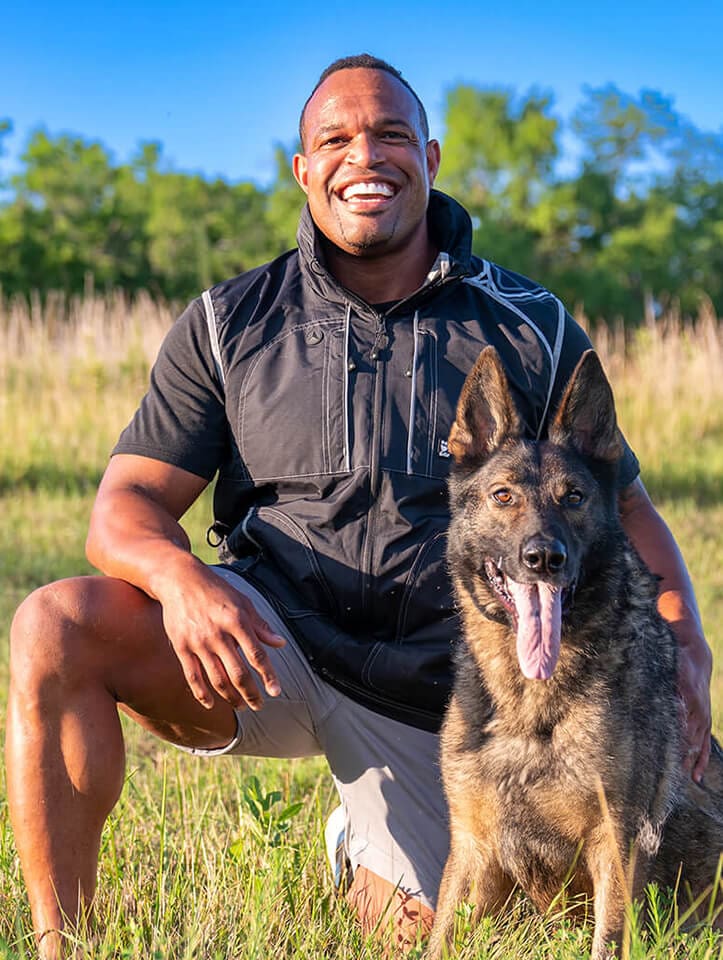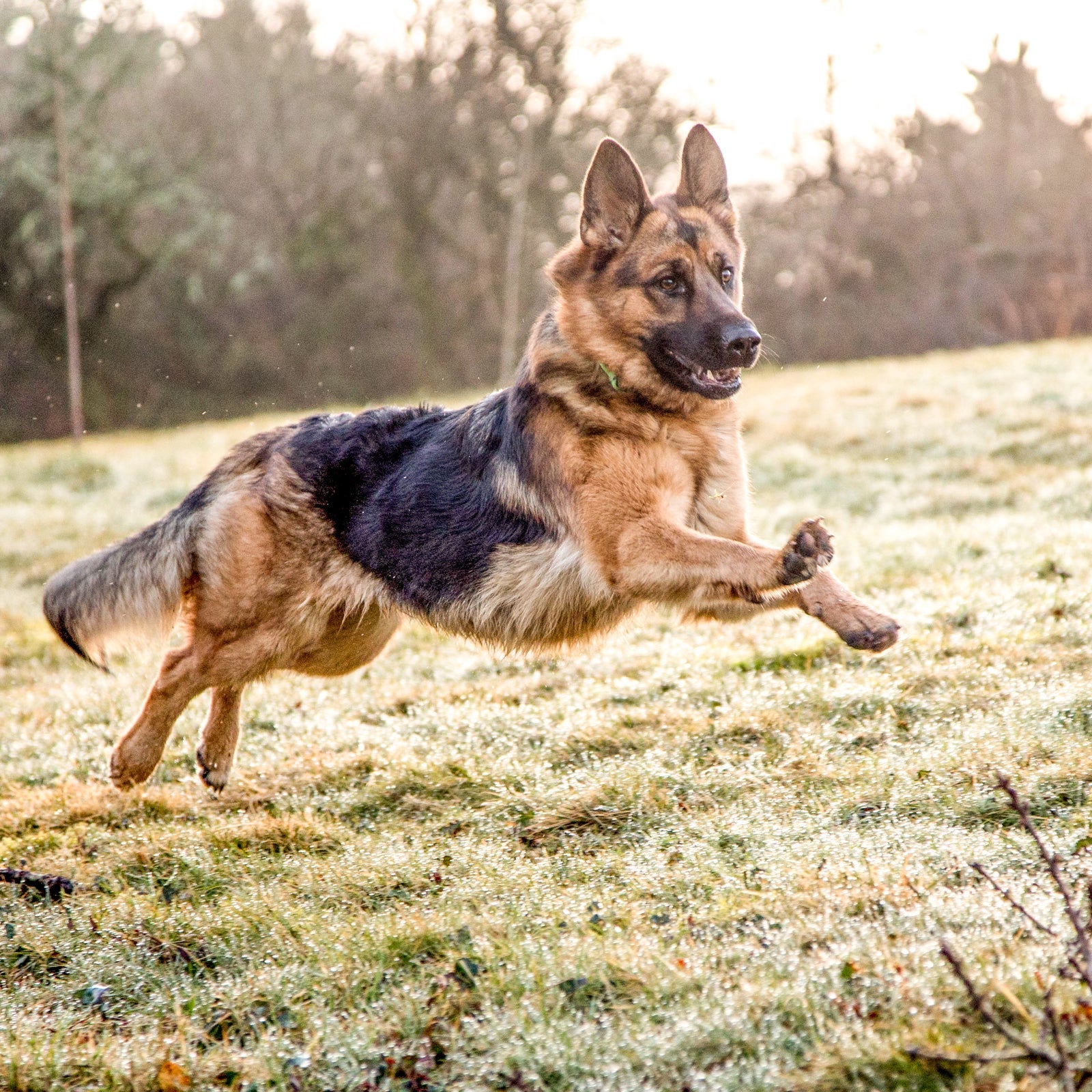Master Essential Commands: Effective Pet Training Made Easy
Efficient dog training is a basic aspect of liable pet possession, and grasping important commands offers as the foundation for a harmonious relationship in between trainer and pet. Commands such as "Sit," "Stay," and "Come" not only promote interaction however additionally advertise a much safer atmosphere. Utilizing favorable reinforcement strategies can improve the discovering experience, yet many deal with obstacles in attaining consistent results. Comprehending the nuances of canine actions and the training procedure is crucial; nonetheless, the journey to a trained pet dog commonly provides unforeseen hurdles that require focus. What strategies can really transform these challenges right into chances for growth?
Recognizing Your Pet dog's Actions
To understand the nuances of effective pet training, it is necessary to damage down and assess your dog's habits. Dog training. Understanding the inspirations behind your pet dog's activities is essential; behaviors can originate from instinct, fear, excitement, or a desire for interest. By observing your pet in numerous scenarios, you can determine patterns that might indicate underlying feelings or needs
For instance, a dog that barks excessively may be expressing boredom, anxiousness, or a demand for social communication. Conversely, a pet dog that exhibits destructive habits may be seeking stimulation or relief from anxiety. Identifying these triggers permits you to tailor your training technique efficiently.
Furthermore, it is important to take into consideration the canine's breed qualities, as they can affect habits considerably. Some breeds are predisposed to particular attributes, such as herding or securing reactions, which can affect their reactions to certain stimuli.
Last but not least, consistency in your reactions to your dog's habits fosters a far better understanding between you and your family pet. This mutual understanding is fundamental for building trust fund and facilitating an effective training procedure that supports both behavior modification and favorable reinforcement.
Vital Commands to Instruct
Instructing vital commands is an essential facet of effective dog training, offering the structure for a well-behaved and responsive animal. These commands not only enhance interaction between the owner and the pet yet also ensure security in various settings.
The most important commands include "Sit," which urges your canine to continue to be fixed and calm; "Stay," which reinforces the concept of continuing to be in one place until released; and "Come," which is vital for remembering your pet from potentially dangerous situations. "Down" educates pets to relax, promoting relaxation and control, while "Leave it" helps avoid pets from getting dangerous or unwanted items.
" Heel" is another important command that urges your dog to walk very closely beside you, boosting leash manners. "No" serves as an important boundary-setting command, aiding to fix unfavorable behaviors.
Training Methods for Success
Reliable pet dog training relies greatly on employing a range of strategies that provide to both the pet's understanding style and the owner's training objectives. One key approach is positive reinforcement, which entails rewarding wanted habits with treats, appreciation, or play. This method motivates the pet to repeat those habits, cultivating a strong bond in between owner and animal.

An additional reliable technique is remote control training, where a distinct audio, made by a remote control, notes the specific minute a pet dog carries out a wanted action. This specific timing aids dogs link the habits with the benefit, boosting their understanding.
Consistency is essential in all training approaches. Establishing clear commands and keeping the same cues helps the canine understanding expectations a lot more why not try this out rapidly. Additionally, short, interesting training sessions protect against boredom and increase retention.
Including socialization possibilities is also essential. Revealing dogs to different atmospheres, individuals, and other animals helps them develop self-confidence and adaptability.
Lastly, patience plays a significant duty in successful training - Dog training. Each canine discovers at their own speed, and recognizing this can bring about a more enjoyable training experience for both the owner and the pet. Applying these techniques will establish the structure for effective dog training
Common Difficulties and Solutions
In spite of the finest training strategies, pet dog owners typically run into usual difficulties that can impede development. When you could try this out household members make use of various commands for the same actions, it perplexes the pet, leading to inconsistent reactions.

In addition, some pets may display stubbornness or absence inspiration. This can often be resolved by integrating favorable support strategies, such as treats or praise, to motivate wanted behaviors. Tailoring incentives to what your canine finds most inspiring can substantially enhance their engagement.
Last but not least, anxiety or anxiety can hinder progression in training. Recognizing indications of anxiety and adjusting the training rate as necessary is essential. Utilizing progressive direct exposure to been afraid stimuli can assist develop confidence in time, promoting a more effective training experience.
Preserving Uniformity and Perseverance
Uniformity and persistence are extremely important in pet training, as they form the structure for attaining enduring behavioral adjustments. Canines prosper on regular and clear expectations; hence, maintaining a constant approach in commands, benefits, and modifications is crucial.
Pets, a website link lot like people, have varying discovering paces and may not grasp commands promptly. Favorable support plays an important duty here, satisfying wanted actions and assisting to cultivate a relying on relationship between the dog and fitness instructor.
Verdict
Understanding essential commands is essential to efficient dog training, fostering improved communication and reinforcing favorable habits (Dog training). Ultimately, a trained canine not only shows excellent actions but likewise establishes self-confidence, adding to an unified relationship between the canine and its owner.